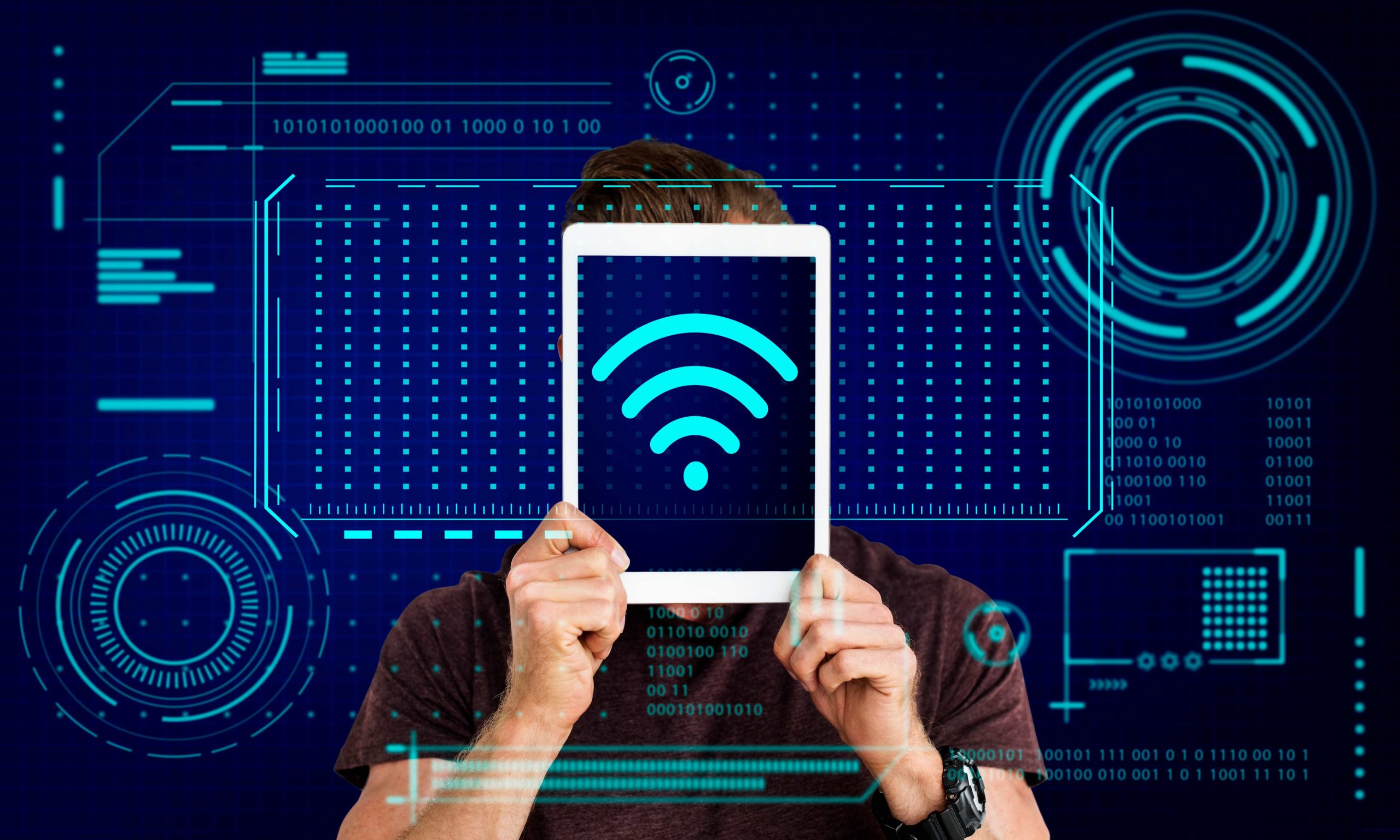The Privacy Predicament: Understanding the Dangers of Public Wi-Fi
December 20, 2023

With the whole world becoming connected to the internet, it’s only natural that some public places like parks, cafes, airports, hotels, etc., will offer the convenience of internet connectivity to its users, free of cost. However, you must understand that public Wi-Fi comes with its share of potential risks and users need to implement precautionary measures to keep their information secure from unauthorized access.
Here’s a look at some key privacy concerns:
- Unsecured public Wi-Fi hotspots lack security measures. It’s easy for hackers to access the data of people on the same public network if no proper firewalls are in place.
- In public Wi-Fi hotspots, attackers can easily position themselves in between the intended victim and the Wi-Fi network. They can then execute a man-in-the-middle (MITM) attack, thus allowing them to capture sensitive information.
- Attackers can also set up duplicate rogue hotspots similar to legitimate public Wi-Fi networks and lure unsuspecting users to connect to their hotspots. This way, they can steal their data.
- Modern hackers can also use packet sniffing tools to capture and analyze data packets transmitted over public Wi-Fi networks, thus allowing them to extract sensitive information from them.
- Public Wi-Fi networks usually use weak or no encryption methods. Without encryption, it’s easy to intercept your data, exposing it to eavesdropping.
Ways to Protect Your Privacy on Public Wi-Fi:
- However tempting it may be, avoid insecure public Wi-Fi networks with generic names and choose networks provided by trustworthy establishments instead.
- Using a Virtual Private Network (VPN) encrypts your internet connection, thus securing your data from eavesdropping and protecting it even on insecure public Wi-Fi networks.
- To further protect your accounts, you could enable two-factor authentication on your accounts and add an additional layer of security – in the event that your login has been compromised.
- Always ensure that the websites you visit use HTTPS, indicating a secure, encrypted connection.
- Ensure that your device’s operating system, antivirus and other applications are all up-to-date to patch known vulnerabilities.
- Disable automatic connection to public Wi-Fi networks and opt for manual connection instead. Similarly, disable file and printer sharing after use, and minimize the risk of unauthorized exposure of your device!

